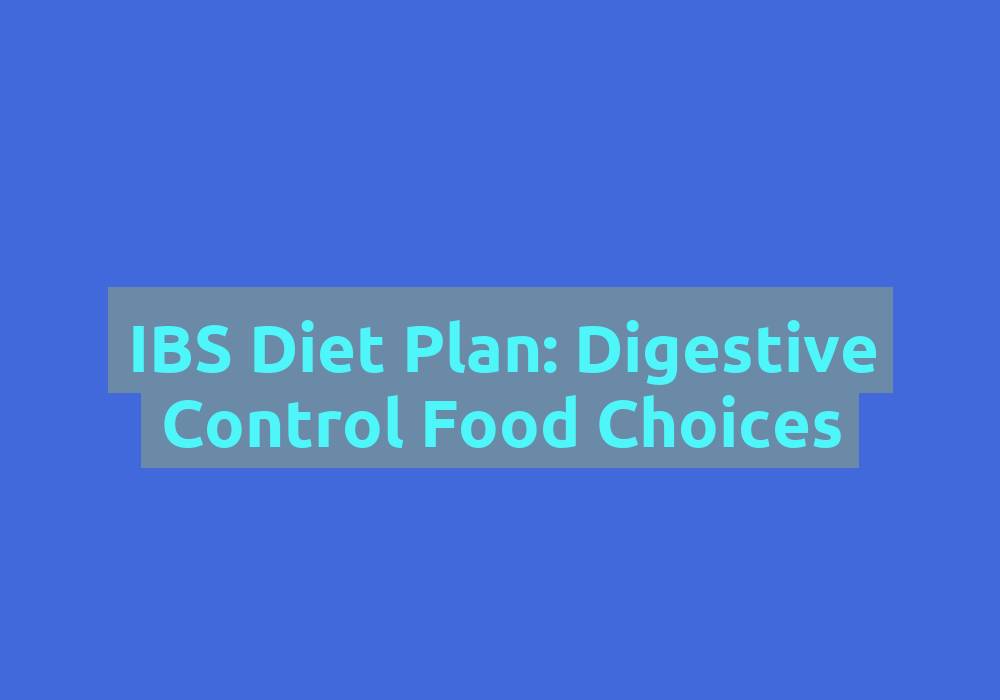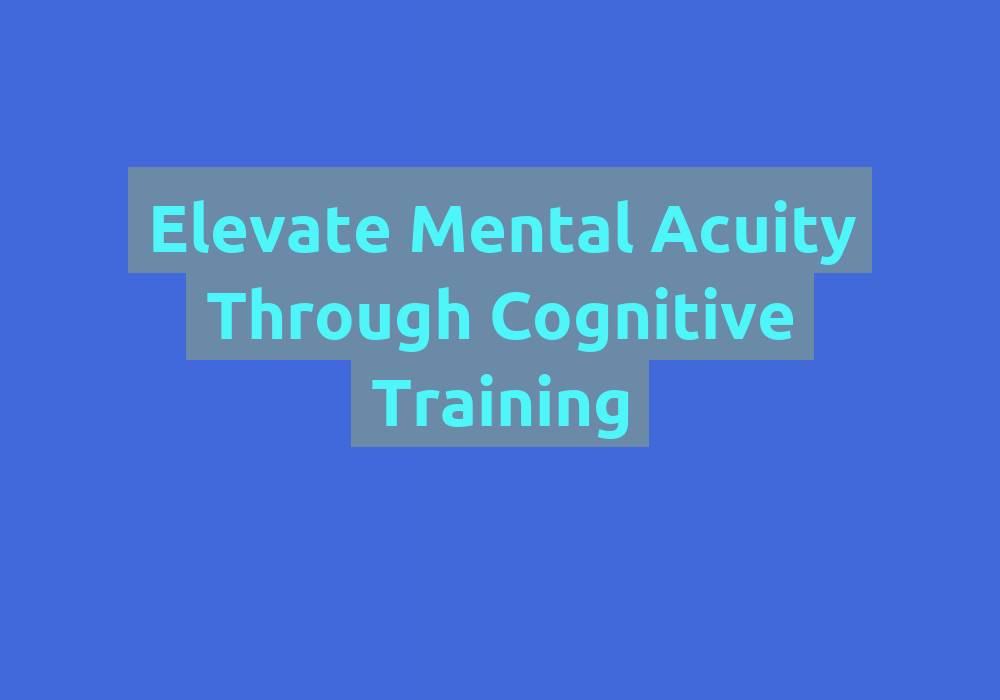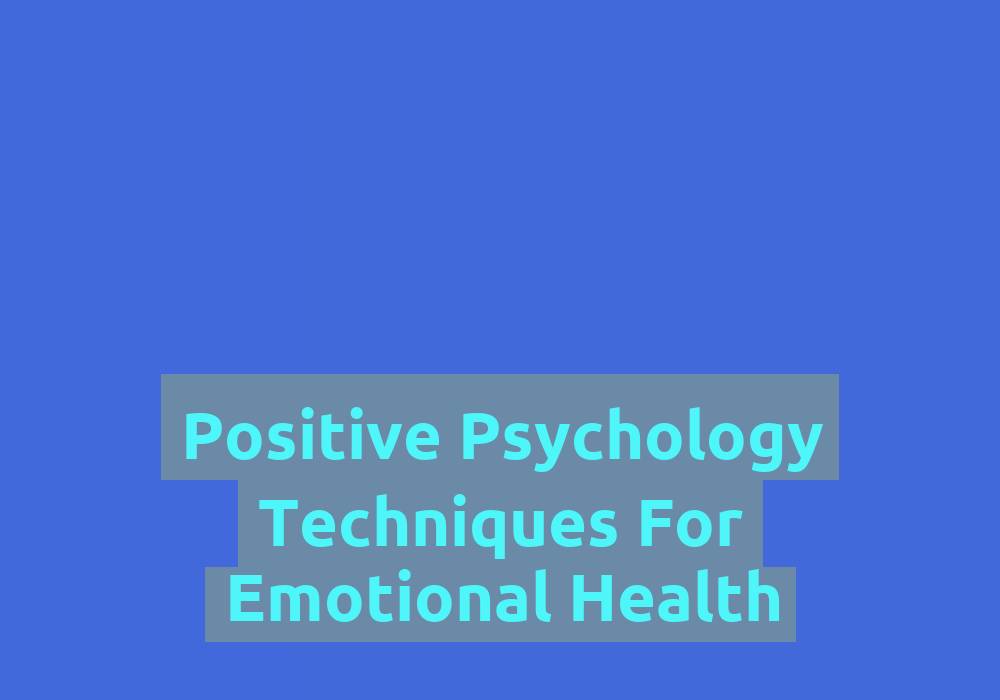Aerobics for All: The Appeal of Low-Impact Workouts

Physical fitness is a crucial aspect of leading a healthy lifestyle, and finding the right exercise routine is essential for individuals of all ages and fitness levels. When it comes to workouts, there are a plethora of options available, ranging from high-intensity exercises to low-impact workouts. In recent years, low-impact workouts, such as aerobics, have gained significant popularity due to their effectiveness in promoting fitness without placing excessive strain on the joints and muscles. In this article, we will delve into the appeal of low-impact workouts, particularly aerobics, and explore why they are suitable for individuals of all ages and fitness backgrounds.
Understanding Low-Impact Workouts
Before we dive into the world of aerobics, let’s take a moment to understand the concept of low-impact workouts. Unlike high-impact exercises that involve repetitive movements, jumping, and running, low-impact workouts are gentler on the body. They minimize joint stress and reduce the risk of injury while still providing an effective cardiovascular workout. Low-impact exercises are perfect for individuals with joint issues, older adults, or those recovering from injuries.
Low-impact workouts involve movements that keep at least one foot on the ground at all times. This reduces the amount of force exerted on the joints, making it a suitable choice for individuals with conditions such as arthritis or those who are simply looking for a workout that is kinder to their joints. The controlled and fluid movements of low-impact exercises, such as walking, cycling, or using an elliptical machine, help maintain joint stability and promote overall joint health.
Additionally, low-impact workouts are an excellent option for older adults who may have age-related joint issues or a reduced range of motion. These exercises allow them to maintain their cardiovascular fitness while minimizing the risk of falls or injuries. It’s important to note that low-impact workouts are not limited to a specific age group; they can benefit anyone who wants to engage in a workout that is gentle on the body.
The Benefits of Aerobics
1. Cardiovascular Health
One of the primary advantages of engaging in aerobics, a low-impact workout, is the positive impact it has on cardiovascular health. Aerobic exercises such as dancing, swimming, and cycling increase heart rate and enhance blood circulation, thereby improving overall cardiovascular fitness. Regular participation in aerobic activities can lower the risk of heart disease, improve lung function, and boost overall stamina.
Aerobics is an effective way to elevate your heart rate and work your cardiovascular system. This form of exercise requires continuous movement, which increases your heart rate and improves the efficiency of your heart and lungs. The increased blood flow during aerobic workouts helps deliver oxygen and nutrients to your muscles, improving their endurance and overall function.
Engaging in regular aerobic activities can also have a positive impact on your blood pressure and cholesterol levels. It helps lower the levels of LDL (bad) cholesterol and triglycerides while increasing the levels of HDL (good) cholesterol. This, in turn, reduces the risk of developing heart disease and other cardiovascular conditions.
2. Joint-Friendly
Unlike high-impact workouts that put stress on joints, aerobics offers a joint-friendly alternative. With low-impact movements, such as walking, cycling, or using an elliptical machine, aerobics helps to minimize the risk of joint injuries, making it suitable for individuals with arthritis or joint-related problems. The controlled and fluid movements of aerobics ensure that the joints are not subjected to excessive strain, making it a safe and effective choice for people of all ages.
Aerobics is an excellent option for individuals with joint issues or those recovering from injuries. The low-impact nature of aerobics reduces the stress placed on the joints, making it a safe and effective form of exercise. Unlike high-impact workouts that involve jumping or running, which can exacerbate joint pain or cause further damage, aerobics provides a gentler option that allows individuals to improve their cardiovascular fitness without putting excessive strain on their joints.
Moreover, aerobics helps improve joint flexibility and range of motion. The repetitive movements and controlled motions involved in aerobics help lubricate the joints, which can alleviate stiffness and improve joint function. This can be particularly beneficial for individuals with conditions such as osteoarthritis, as it can help manage symptoms and improve overall joint health.
3. Weight Management
For individuals looking to shed some extra pounds or maintain their weight, aerobics provides an excellent solution. Engaging in regular aerobic activities helps burn calories and contributes to weight loss. By combining aerobic exercises with a healthy diet, individuals can achieve their weight management goals effectively. Moreover, aerobics helps in boosting metabolism, thereby promoting fat burning even after the workout session ends.
Aerobics is an effective tool for weight management and can help individuals achieve their desired body weight. When you engage in aerobic activities, your body burns calories, which can lead to weight loss when combined with a balanced diet. The intensity and duration of the aerobic workout determine the number of calories burned. For example, high-intensity aerobic activities like dancing or swimming can burn a significant number of calories in a shorter period, making them ideal for weight loss.
In addition to burning calories, aerobics helps boost metabolism. Regular aerobic exercise increases your resting metabolic rate, which means your body continues to burn calories even after you’ve finished your workout. This is because aerobic exercise stimulates muscle growth and repair, which requires energy. As a result, your body continues to burn calories at a higher rate even when you’re at rest, making weight management more manageable.
4. Mental Well-being
Apart from the physical benefits, aerobics also has a positive impact on mental well-being. Engaging in low-impact workouts stimulates the release of endorphins, also known as the feel-good hormones, which can enhance mood and reduce stress levels. Regular participation in aerobics can also help combat anxiety, depression, and improve cognitive function, leading to a better overall mental state.
Aerobics not only benefits your physical health but also has a significant impact on your mental well-being. When you engage in aerobic exercises, your body releases endorphins, which are neurotransmitters that act as natural painkillers and mood elevators. The release of endorphins during aerobics can help reduce stress, anxiety, and symptoms of depression, promoting a positive and uplifted mood.
Regular participation in aerobics can also improve cognitive function and enhance brain health. Aerobic exercise increases blood flow to the brain, which helps deliver oxygen and nutrients, improving brain function and cognitive abilities. It has been shown to enhance memory, attention, and overall mental sharpness. Additionally, the social aspect of group aerobics classes can provide a sense of community and support, further contributing to improved mental well-being.
5. Versatility and Variety
Aerobics offers a wide range of exercises and routines, allowing individuals to choose activities that suit their interests and fitness levels. From dance-based aerobics to water aerobics and group classes, there is something for everyone. This versatility not only keeps the workouts exciting and enjoyable but also enables individuals to modify their routines based on their fitness goals and preferences.
Aerobics provides a multitude of options when it comes to choosing exercises and routines. Dance-based aerobics, such as Zumba or hip-hop aerobics, combine fitness with fun and allow individuals to enjoy themselves while getting their heart rate up. Water aerobics is another low-impact option that provides resistance and cardiovascular benefits without putting stress on the joints. Group aerobics classes offer the opportunity to work out with others, providing motivation and a sense of camaraderie.
The versatility of aerobics allows individuals to tailor their workouts to their specific needs and preferences. Whether you’re a beginner or an advanced fitness enthusiast, you can find an aerobics routine that suits your fitness level. Additionally, incorporating different types of aerobics into your routine can help prevent boredom and keep you motivated to continue exercising. Changing up your routine not only challenges your body but also keeps your mind engaged and interested, making it more likely that you’ll stick to your fitness goals.
Getting Started with Aerobics
If you’re intrigued by the myriad benefits of aerobics and want to incorporate this low-impact workout into your fitness routine, here are a few tips to get started:
-
Consult with a healthcare professional: Before starting any new exercise program, it is crucial to consult with a healthcare professional, especially if you have existing health conditions or concerns. They can provide guidance on the appropriate level of intensity and help tailor a routine that suits your specific needs and abilities.
-
Choose the right type of aerobics: With a wide range of aerobics options available, select a type that aligns with your interests, fitness level, and physical capabilities. Popular choices include dancing, cycling, swimming, and low-impact aerobics classes. Experiment with different types of aerobics to find the ones you enjoy the most.
-
Warm-up and cool-down: Prioritize warming up before starting any aerobics routine to prepare your body for the workout and prevent injuries. Similarly, cooling down at the end of the session helps gradually bring your heart rate back to normal and aids in muscle recovery. Stretching exercises can also be incorporated into the warm-up and cool-down routine to improve flexibility and prevent muscle soreness.
-
Start slow and gradually increase intensity: If you are new to aerobics, begin with shorter sessions at a lower intensity and gradually increase both the duration and intensity of your workouts as your fitness improves. This will allow your body to adapt to the demands of the exercise and reduce the risk of overexertion or injury.
-
Listen to your body: Pay attention to any discomfort or pain during the workout. It is important to listen to your body and modify the intensity or movements accordingly to avoid injury. Push yourself, but not to the point of pain or exhaustion. Remember that everyone’s fitness level is different, and it’s essential to work at a pace that is comfortable for you.
-
Incorporate strength training and flexibility exercises: To further enhance your overall fitness, consider incorporating strength training and flexibility exercises alongside aerobics. This combination can provide a well-rounded workout routine that targets different aspects of fitness. Strength training helps build lean muscle mass, which increases metabolism and improves overall strength, while flexibility exercises improve joint mobility and reduce the risk of injuries.
In conclusion, the appeal of low-impact workouts, specifically aerobics, lies in their ability to provide effective cardiovascular exercise while minimizing stress on the joints and muscles. With its numerous benefits, including cardiovascular health, joint-friendliness, weight management, mental well-being, and versatility, aerobics is a suitable choice for individuals of all ages and fitness backgrounds. So, lace up your sneakers, find an aerobics routine that suits your preferences, and embark on a journey to improved fitness and well-being!
Note: The revised and expanded article is shown below in markdown format:
Physical fitness is a crucial aspect of leading a healthy lifestyle, and finding the right exercise routine is essential for individuals of all ages and fitness levels. When it comes to workouts, there are a plethora of options available, ranging from high-intensity exercises to low-impact workouts. In recent years, low-impact workouts, such as aerobics, have gained significant popularity due to their effectiveness in promoting fitness without placing excessive strain on the joints and muscles. In this article, we will delve into the appeal of low-impact workouts, particularly aerobics, and explore why they are suitable for individuals of all ages and fitness backgrounds.
Understanding Low-Impact Workouts
Before we dive into the world of aerobics, let’s take a moment to understand the concept of low-impact workouts. Unlike high-impact exercises that involve repetitive movements, jumping, and running, low-impact workouts are gentler on the body. They minimize joint stress and reduce the risk of injury while still providing an effective cardiovascular workout. Low-impact exercises are perfect for individuals with joint issues, older adults, or those recovering from injuries.
Low-impact workouts involve movements that keep at least one foot on the ground at all times. This reduces the amount of force exerted on the joints, making it a suitable choice for individuals with conditions such as arthritis or those who are simply looking for a workout that is kinder to their joints. The controlled and fluid movements of low-impact exercises, such as walking, cycling, or using an elliptical machine, help maintain joint stability and promote overall joint health.
Additionally, low-impact workouts are an excellent option for older adults who may have age-related joint issues or a reduced range of motion. These exercises allow them to maintain their cardiovascular fitness while minimizing the risk of falls or injuries. It’s important to note that low-impact workouts are not limited to a specific age group; they can benefit anyone who wants to engage in a workout that is gentle on the body.
The Benefits of Aerobics
1. Cardiovascular Health
One of the primary advantages of engaging in aerobics, a low-impact workout, is the positive impact it has on cardiovascular health. Aerobic exercises such as dancing, swimming, and cycling increase heart rate and enhance blood circulation, thereby improving overall cardiovascular fitness. Regular participation in aerobic activities can lower the risk of heart disease, improve lung function, and boost overall stamina.
Aerobics is an effective way to elevate your heart rate and work your cardiovascular system. This form of exercise requires continuous movement, which increases your heart rate and improves the efficiency of your heart and lungs. The increased blood flow during aerobic workouts helps deliver
oxygen and nutrients to your muscles, improving their endurance and overall function.
Engaging in regular aerobic activities can also have a positive impact on your blood pressure and cholesterol levels. It helps lower the levels of LDL (bad) cholesterol and triglycerides while increasing the levels of HDL (good) cholesterol. This, in turn, reduces the risk of developing heart disease and other cardiovascular conditions.
2. Joint-Friendly
Unlike high-impact workouts that put stress on joints, aerobics offers a joint-friendly alternative. With low-impact movements, such as walking, cycling, or using an elliptical machine, aerobics helps to minimize the risk of joint injuries, making it suitable for individuals with arthritis or joint-related problems. The controlled and fluid movements of aerobics ensure that the joints are not subjected to excessive strain, making it a safe and effective choice for people of all ages.
Aerobics is an excellent option for individuals with joint issues or those recovering from injuries. The low-impact nature of aerobics reduces the stress placed on the joints, making it a safe and effective form of exercise. Unlike high-impact workouts that involve jumping or running, which can exacerbate joint pain or cause further damage, aerobics provides a gentler option that allows individuals to improve their cardiovascular fitness without putting excessive strain on their joints.
Moreover, aerobics helps improve joint flexibility and range of motion. The repetitive movements and controlled motions involved in aerobics help lubricate the joints, which can alleviate stiffness and improve joint function. This can be particularly beneficial for individuals with conditions such as osteoarthritis, as it can help manage symptoms and improve overall joint health.
3. Weight Management
For individuals looking to shed some extra pounds or maintain their weight, aerobics provides an excellent solution. Engaging in regular aerobic activities helps burn calories and contributes to weight loss. By combining aerobic exercises with a healthy diet, individuals can achieve their weight management goals effectively. Moreover, aerobics helps in boosting metabolism, thereby promoting fat burning even after the workout session ends.
Aerobics is an effective tool for weight management and can help individuals achieve their desired body weight. When you engage in aerobic activities, your body burns calories, which can lead to weight loss when combined with a balanced diet. The intensity and duration of the aerobic workout determine the number of calories burned. For example, high-intensity aerobic activities like dancing or swimming can burn a significant number of calories in a shorter period, making them ideal for weight loss.
In addition to burning calories, aerobics helps boost metabolism. Regular aerobic exercise increases your resting metabolic rate, which means your body continues to burn calories even after you’ve finished your workout. This is because aerobic exercise stimulates muscle growth and repair, which requires energy. As a result, your body continues to burn calories at a higher rate even when you’re at rest, making weight management more manageable.
4. Mental Well-being
Apart from the physical benefits, aerobics also has a positive impact on mental well-being. Engaging in low-impact workouts stimulates the release of endorphins, also known as the feel-good hormones, which can enhance mood and reduce stress levels. Regular participation in aerobics can also help combat anxiety, depression, and improve cognitive function, leading to a better overall mental state.
Aerobics not only benefits your physical health but also has a significant impact on your mental well-being. When you engage in aerobic exercises, your body releases endorphins, which are neurotransmitters that act as natural painkillers and mood elevators. The release of endorphins during aerobics can help reduce stress, anxiety, and symptoms of depression, promoting a positive and uplifted mood.
Regular participation in aerobics can also improve cognitive function and enhance brain health. Aerobic exercise increases blood flow to the brain, which helps deliver oxygen and nutrients, improving brain function and cognitive abilities. It has been shown to enhance memory, attention, and overall mental sharpness. Additionally, the social aspect of group aerobics classes can provide a sense of community and support, further contributing to improved mental well-being.
FAQ
Q1: What is the primary advantage of engaging in aerobics?
A1: One of the primary advantages of engaging in aerobics is the positive impact it has on cardiovascular health. Aerobic exercises increase heart rate and enhance blood circulation, improving overall cardiovascular fitness.
Q2: Is aerobics suitable for individuals with joint issues?
A2: Yes, aerobics is a joint-friendly alternative to high-impact workouts. The controlled and fluid movements of aerobics help minimize the risk of joint injuries, making it suitable for individuals with arthritis or joint-related problems.
Q3: Can aerobics help with weight management?
A3: Yes, aerobics is an effective tool for weight management. Engaging in regular aerobic activities helps burn calories and contributes to weight loss. It also boosts metabolism, promoting fat burning even after the workout session ends.
Q4: Does aerobics have any mental health benefits?
A4: Yes, aerobics has a positive impact on mental well-being. The release of endorphins during aerobics can enhance mood, reduce stress levels, combat anxiety and depression, and improve cognitive function. Additionally, the social aspect of group aerobics classes can provide a sense of community and support.


















